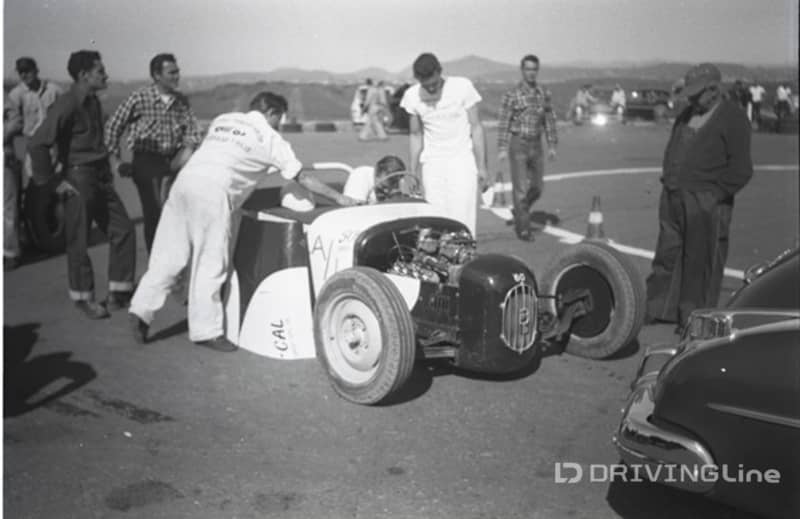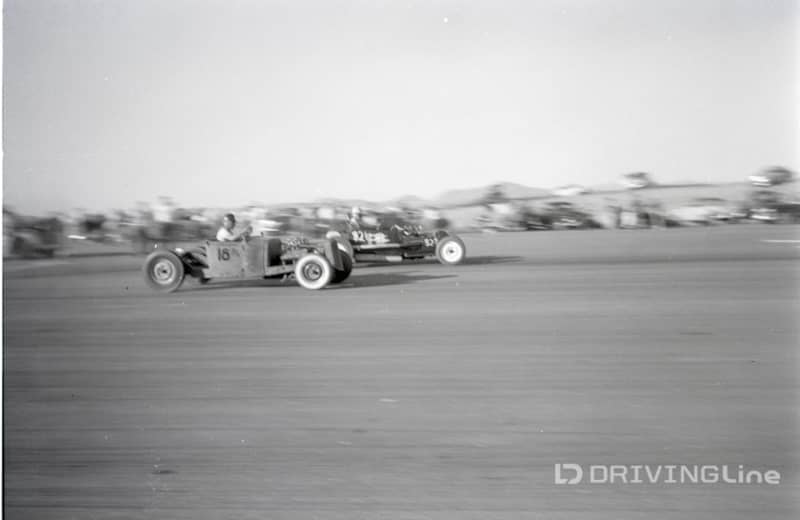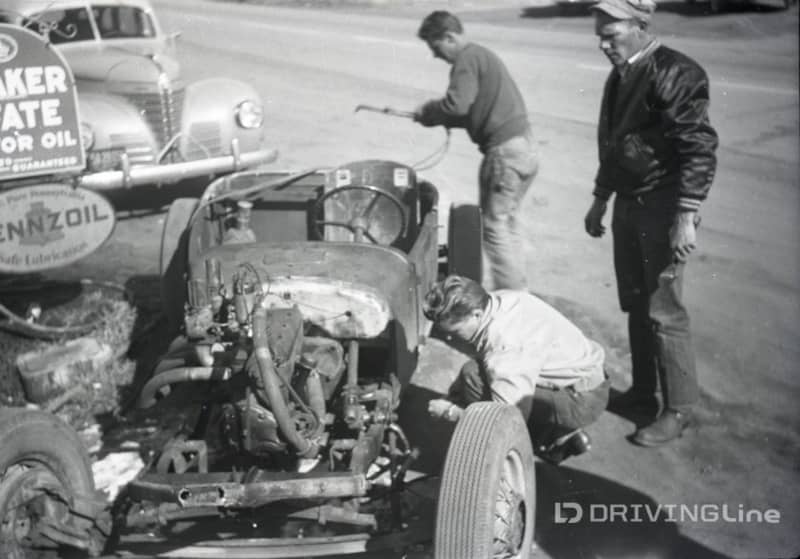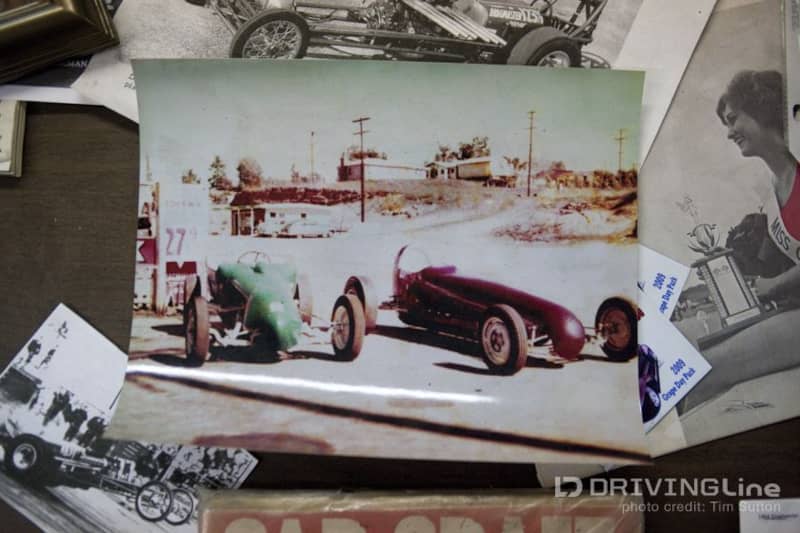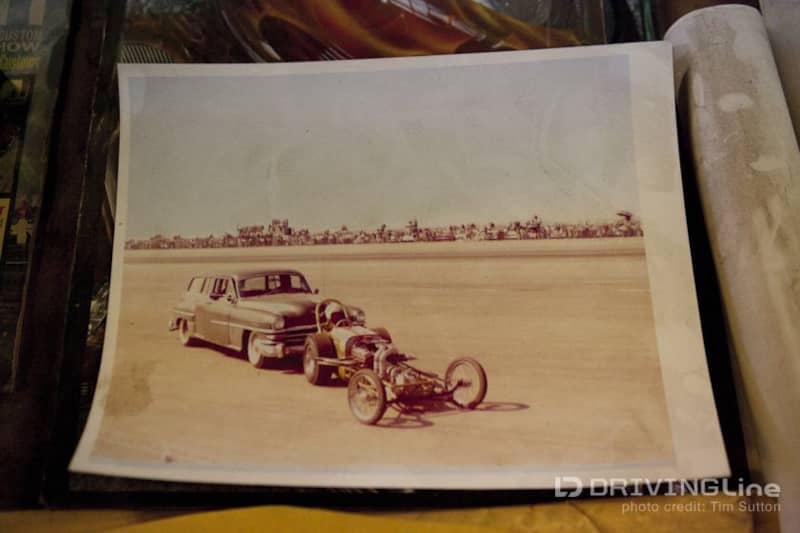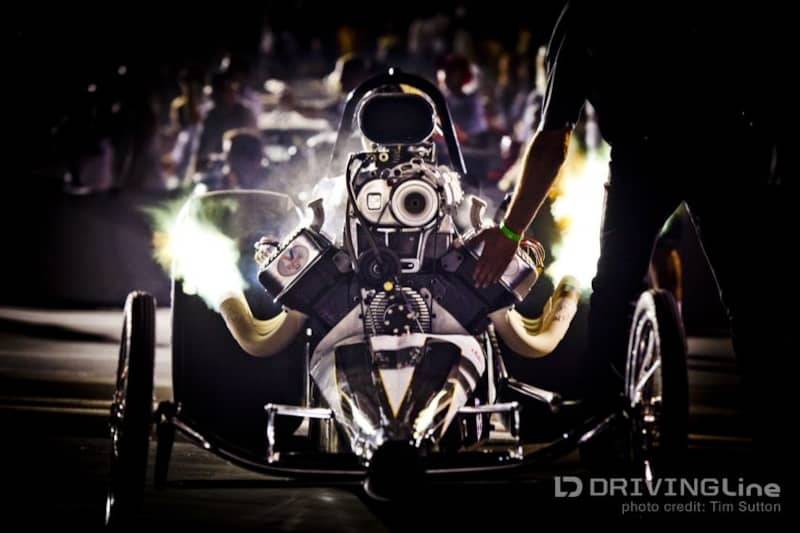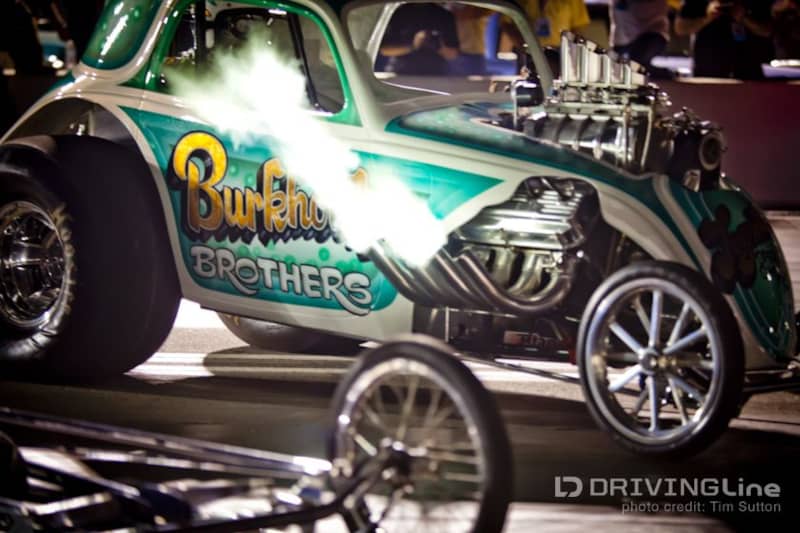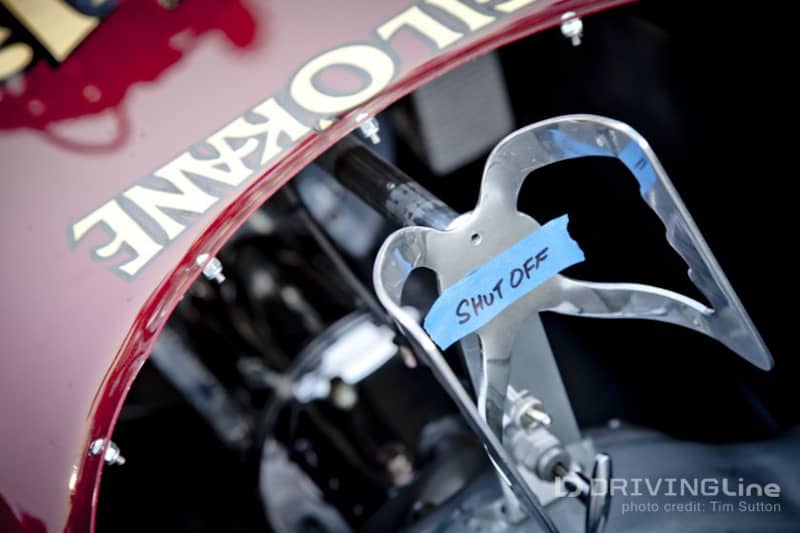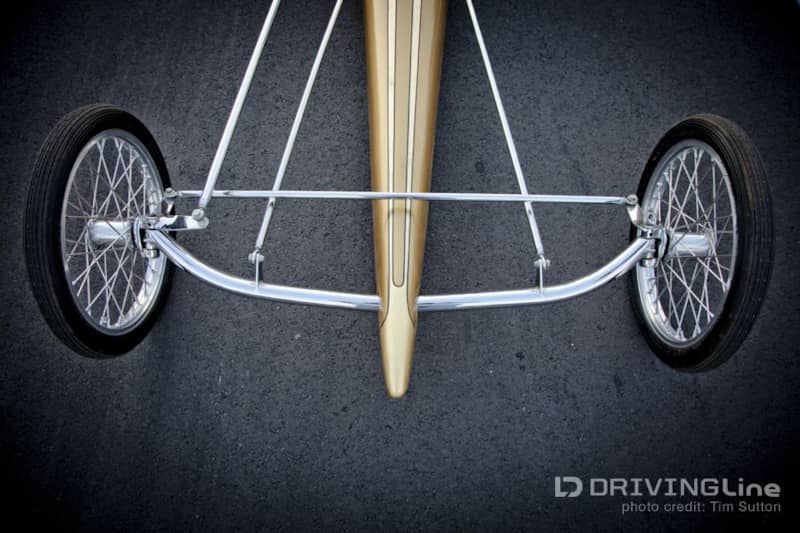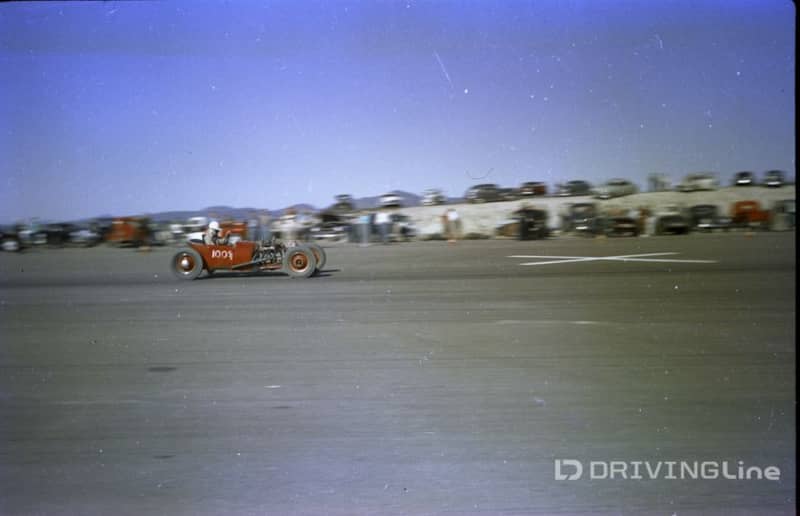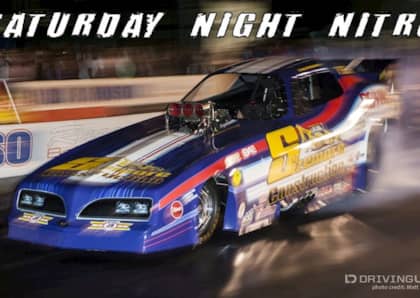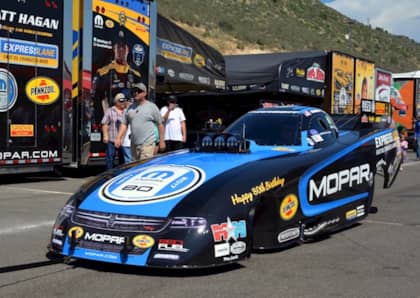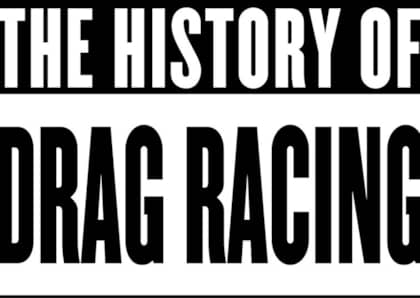Drag Racing Then and Now
In order to understand drag racing's roots, you’ve got to transport yourself back to 1948. World War II is over and you’ve just returned home to Southern California. You’re in your early 20s with a little extra cash to spend, the rush of the war is over but something inside you craves the thrill of adrenaline again. Late model cars could be picked up for some pocket change and hot rodding was generating a lot of buzz around town. These fellas wanted to go fast and that they did.